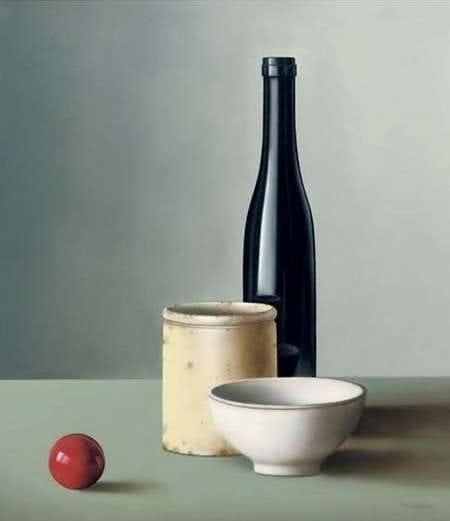Step-by-Step Guide: Painting a Watercolor Still Life
Before teaching watercolor, I shucked scallops on a 100ft boat at 2am with roughnecks. Here's how those chaotic nights taught me everything about loose, confident painting techniques that actually work.

Before we dive into painting loose watercolor still life, here's something that might surprise you - did you know I used to commercial fish back in the day? Picture this: me the back deck of a 100ft scallop boat with a bunch of rough deckhands, being the only guy with a full set of teeth, shucking scallops at 2am in the middle of nowhere. Man, how things have changed... from handling rough seas to handling watercolor washes!
But here's the thing - those nights on that rocking boat actually taught me everything I know about painting loose, intuitive watercolors. When you're working in conditions where you can't control anything, you learn to work WITH what's happening instead of fighting it.


Recommended Watercolor Materials
-
Holbein Professional Watercolor Paints – 8 Essential Hues
Yellow Ochre, Cadmium Lemon Yellow, Ultramarine Blue, Cerulean Blue, Alizarin Crimson, Cadmium Red Light, Neutral Tint, Burnt Sienna -
Fabriano Artistico Watercolor Paper – 140lb Cold Press
Buy full sheets and cut into quarter sheets for best value -
Silver Jumbo Wash Brush
Great coverage, excellent quality for the price -
Princeton Neptune Point Rounds (No. 12 & 6)
Reliable and affordable detail & wash brushes -
Princeton Neptune Dagger (1/2")
Versatile size for lines, edges, and detail work -
Masterson Aqua Pro Palette
Durable, with deep wells for generous mixing space -
Gator Board
Lightweight, long-lasting painting support board -
Holbein White Gouache
Optional for highlights and fine details - Miscellaneous: plastic water containers, paper towels, masking tape
This post contains affiliate links. If you make a purchase through these links, I may earn a commission at no extra cost to you.




